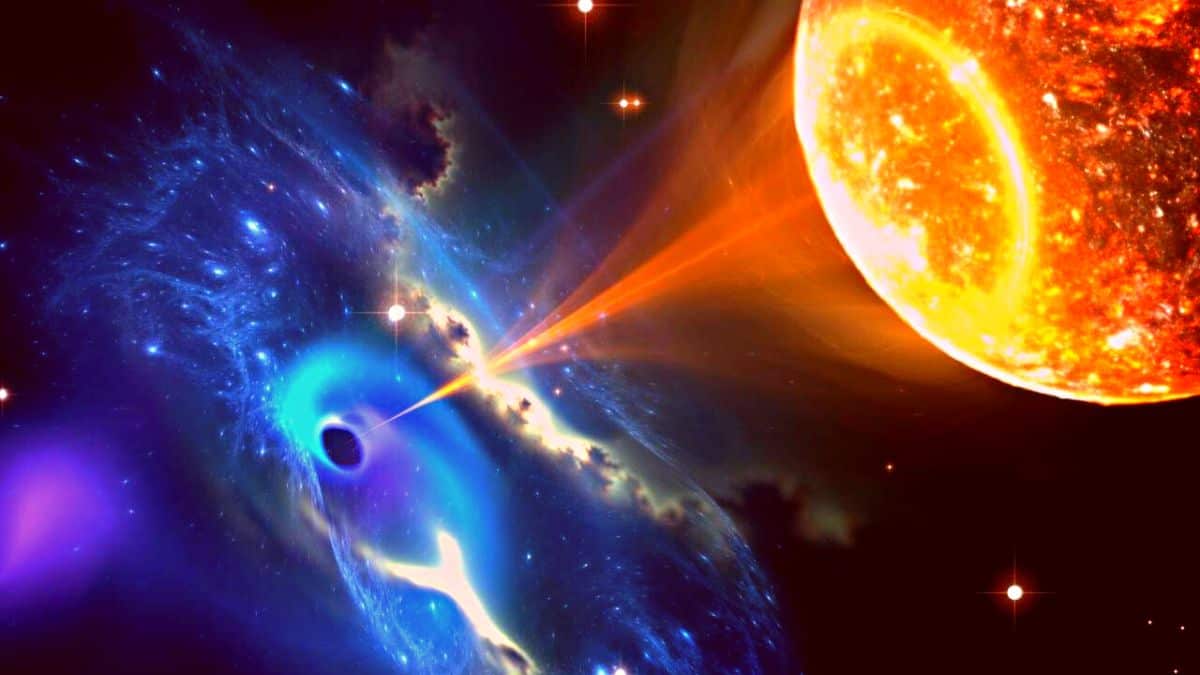Which is the biggest ever black hole discovered till date?

The biggest ever known black hole is measured to be 40 billion times the Sun’s mass or approximately two-thirds the mass of all stars in our galaxy, the Milky Way. Astronomers have discovered this supermassive black hole known to date that formed from the collision of at least eight smaller galaxies. Abell 85 which is a cluster of over 500 galaxies at a distance of 700 lightyears from Earth with 2 trillion solar masses in stars, has been carrying an ultra supermassive black hole at its center.
A collaborated group of astronomers from the Max Planck Institute for Extraterrestrial Physics (MPE) and the University Observatory Munich (USM) have been observing the galaxy. They said that the central region of Abell 85 is as large as the Large Magellanic Cloud, which can house more than 30 billion stars forming a satellite galaxy and bear a high mass black hole. Holmberg 15A or Holm 15A is a supergiant elliptical galaxy located at the center of Abell 85 and is also home to a newly discovered ultramassive black hole.
According to MPE scientist Jens Thomas, “There are only a few dozen direct mass measurements of supermassive black holes, and never before has it been attempted at such a distance. But we already had some idea of the size of the Black Hole in this particular galaxy, so we tried it.”
The USM Wendelstein observatory of the Ludwig-Maximilians-University and the MUSE instrument at the VLT allowed the team of researchers to estimate the mass from the stellar motions around the core of the galaxy Homl 15A. The mass was recorded to be approximately 40 billion solar masses. Researchers said, “This is several times larger than expected from indirect measurements, such as the stellar mass or the velocity dispersion of the stars.”
Researchers have also stated that the center of the galaxy’s light profile shows an extremely low and diffuse surface brightness much fainter than other elliptical galaxies. Two massive elliptical galaxies merge to form the most massive elliptical galaxy with low-density cores that differ from the high-density centers of less massive elliptical or disk galaxies. The gravitational interactions between the two galaxies can let their black holes combine and form an even larger massive black hole with extreme gravitational pull. The stars can end up radially orbiting the black hole due to their gravitational pull. The massive elliptical galaxy containing a black hole might not give birth to younger stars and that will leave the galaxy with a depleted core.
Jens Thomas said, “The newest generation of computer simulations of galaxy merger gave us predictions that do indeed match the observed properties rather well. These simulations include interactions between stars and a black hole binary, but the crucial ingredient is two elliptical galaxies that already have depleted cores.” However, scientists have also stated that this could be an unusual merging phenomenon and further calculations are being conducted.


